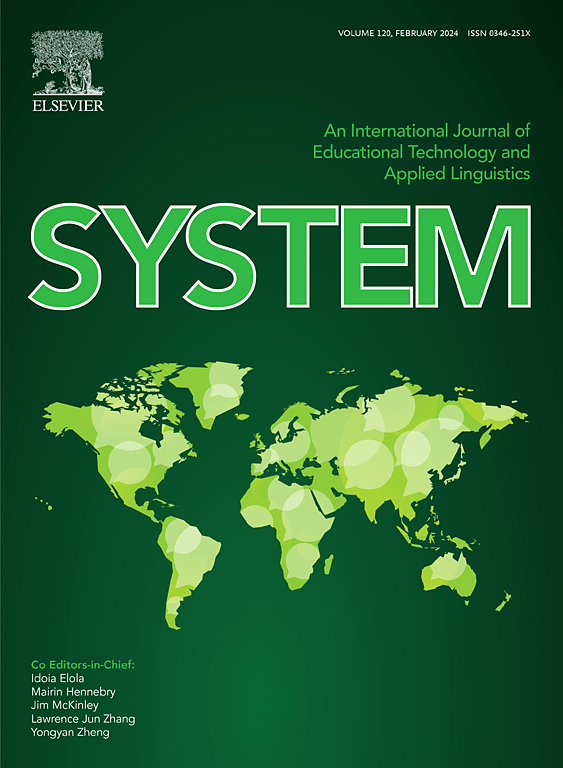热应激与鸡胃肠道微生物群:系统综述
IF 6.5
1区 农林科学
Q1 Agricultural and Biological Sciences
引用次数: 0
摘要
由于全球气温升高,热应激(HS)已成为家禽养殖的重大挑战。现有文献表明,HS对鸡的健康影响与其对胃肠道的影响有关。虽然有证据表明HS对肠道结构的有害影响,但对于HS对居住在该器官中的微生物种群的影响知之甚少。幸运的是,最近“组学”技术的进步使得研究HS和肠道微生物群之间的相互作用成为可能。因此,本研究旨在对HS对鸡肠道菌群的影响进行系统评价。在2024年7月,对包括Scopus、PubMed、Science Direct和b谷歌Scholar在内的科学知识库进行了全面的文献检索。18项研究符合纳入的资格标准,并根据PRISMA指南对其结果进行定性综合。目前的证据表明,HS对鸡的胃肠道系统构成重大挑战,导致一系列生理反应。这些变化引发了有益微生物物种之间对有限营养物质的激烈竞争,促进了微生物从专性厌氧菌向兼性厌氧菌的转变,并增加了对高温环境具有高抗性的微生物物种的丰度。此外,还加剧了病原体的增殖。最终,肠道微生物群分析强调了微生物多样性的变化,微生物种群组成的改变,特定微生物功能途径(三羧酸循环,氨基酸代谢,抗氧化生物合成和脂肪酸降解)的中断,以及控制微生物相互作用的复杂网络的崩溃。了解鸡肠道内HS与微生物变化之间的复杂关系可以为制定可持续缓解策略提供有价值的见解。需要进一步的研究来扩展现有的知识,并采用更先进的文献综合技术,如荟萃分析。本文章由计算机程序翻译,如有差异,请以英文原文为准。
Heat stress and the chicken gastrointestinal microbiota: a systematic review
Heat stress (HS) has become a significant challenge for poultry farming due to an increase in global temperatures. Existing literature suggests that the health effects of HS in chickens are related to its impact on the gastrointestinal tract. While there is evidence of the detrimental consequences of HS on the gut structure, little is known about the effects of HS on the microbial population inhabiting this organ. Fortunately, recent advancements in "omics" technologies have made investigating the interaction between HS and the gut microbiota possible. Therefore, a systematic review was conducted to assess the effects of HS on chicken gut microbiota. In July 2024, a comprehensive literature search was performed across scientific repositories, including Scopus, PubMed, Science Direct, and Google Scholar. Eighteen studies met the eligibility criteria for inclusion and a qualitative synthesis of their results was conducted according to the PRISMA guidelines. Current evidence indicates that HS poses a significant challenge to the gastrointestinal system of chickens, resulting in a range of physiological reactions. These changes trigger fierce competition among beneficial microbial species for limited nutrients, promote microbial shifts from obligate to facultative anaerobes, and increase the abundance of microbial species with high resistance to elevated environmental temperatures. Furthermore, the proliferation of pathogens is exacerbated. Ultimately, gut microbiota profiling highlights changes in microbial diversity, alterations in the composition of microbial populations, disruptions in specific microbial functional pathways (tricarboxylic acid cycle, amino acid metabolism, antioxidant biosynthesis, and fatty acid degradation), and the breakdown of complex networks that govern microbial interactions. Understanding the complex relationship between HS and microbial shifts within the chicken gut can provide valuable insights for the development of sustainable mitigation strategies. Further research is needed to expand the current knowledge and employ more advanced literature synthesis techniques such as meta-analyses.
求助全文
通过发布文献求助,成功后即可免费获取论文全文。
去求助
来源期刊

Journal of Animal Science and Biotechnology
AGRICULTURE, DAIRY & ANIMAL SCIENCE-
CiteScore
9.90
自引率
2.90%
发文量
822
审稿时长
17 weeks
期刊介绍:
Journal of Animal Science and Biotechnology is an open access, peer-reviewed journal that encompasses all aspects of animal science and biotechnology. That includes domestic animal production, animal genetics and breeding, animal reproduction and physiology, animal nutrition and biochemistry, feed processing technology and bioevaluation, animal biotechnology, and meat science.
 求助内容:
求助内容: 应助结果提醒方式:
应助结果提醒方式:


